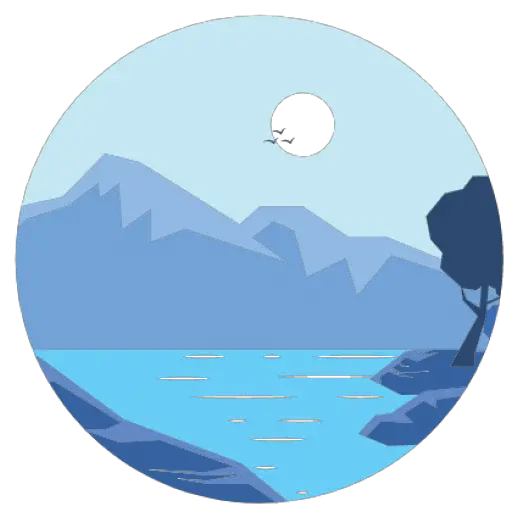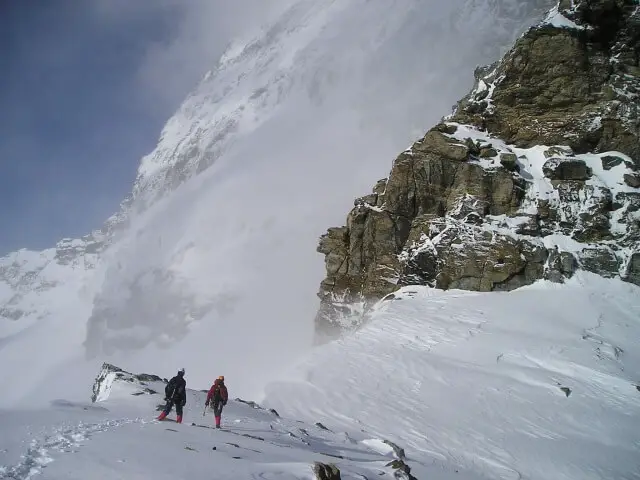Zermatt’s fabled Mt. Matterhorn (4,478m/14,692ft) has always been a draw for those who love mountaineering and the Alps.
Unfortunately with beauty often comes danger, and the Matterhorn has seen fatalities each year since it was first climbed by British climber Edward Whymper in 1865, who lost 4 of his party on the descent. These days as many as 150 climbers can be on the mountain on a good day. Since 1865 over 500 have died attempting to climb the Matterhorn.
Mt. Matterhorn is a deceptive mountain; it’s not that technically difficult to climb. The problem is the difficulty in finding the right route, particularly when ascending in the dark, and picking a passage over a landscape that is constantly changing. Many climbers get into trouble because they are poorly equipped, or just not fit enough.
It’s not surprising then that the popular town of Zermatt at the foot of Mt. Matterhorn is now home to some of the best-regarded mountain guides in the industry. There are around 80 officially licensed guides between Zermatt and the villages of Tasch, Randa, and St. Niklaus.
The long history of mountain guiding in Zermatt and the Valais region means that there are a number of full-time guides, which is rare in other parts of Europe and the world. Some guides are now third or fourth generation mountain guides.
In the off season these guides are often found in far-flung locations including Alaska and South America. They are also leaders in mountain rescue techniques some of which were pioneered in Zermatt including long-line rescue techniques, and the use of cable-winches to rescue those who have fallen into glacial crevasses.
A mountain guide is invaluable – because the experienced guides of Zermatt have worked and climbed on the Matterhorn and surrounding mountains for years. Their clients are rarely involved in accidents, though the guides themselves often volunteer as mountain rescue personnel – risking their own lives to save those who chose to climb alone.
Zermatt is not just Mt. Matterhorn – the region boasts 38 peaks over 4,000m/13,123ft. Whether you want to tackle glaciers and ice fields, a long or short walk, are a beginner or experienced there is a walk or climb suitable for you. A knowledgeable local guide can help you chose the right adventure, keep you safe and keep you company along the way.
To learn more about Zermatt and the surrounding Valais area check out the walking in Valais and Zermatt pages on this website.

